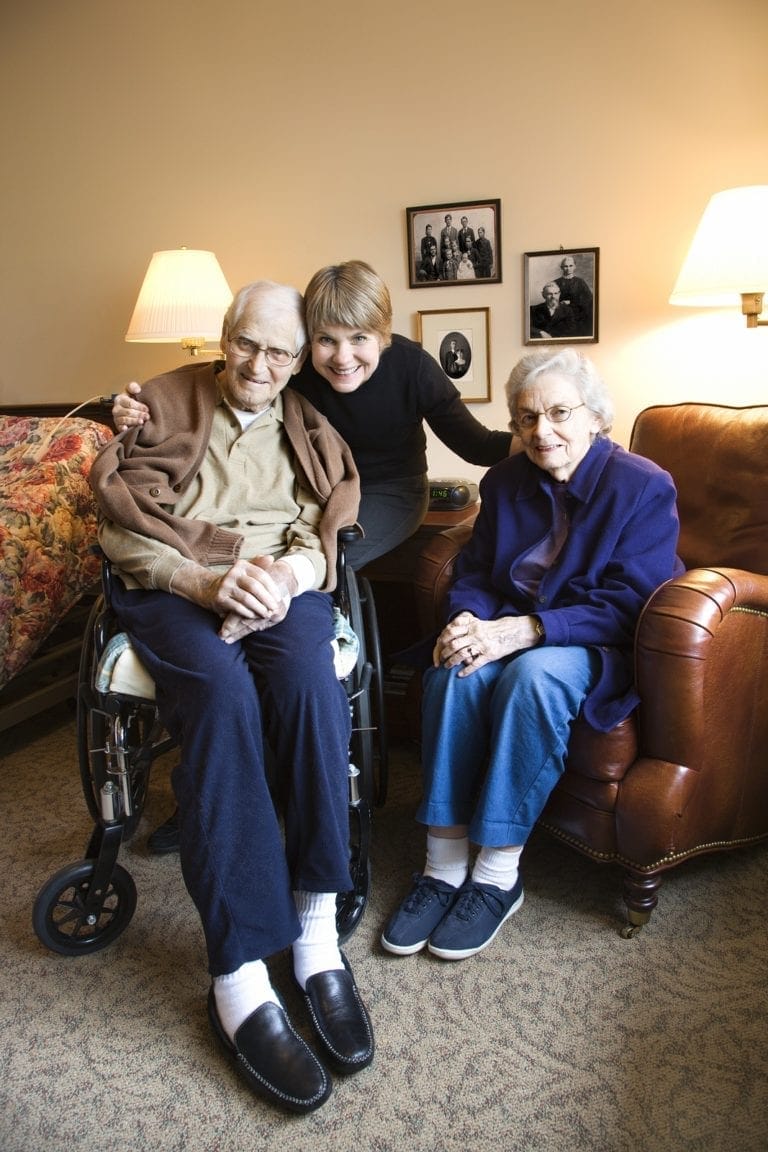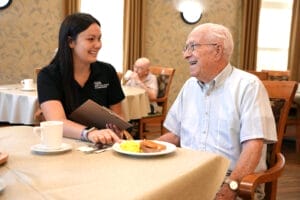Although it may seem like the term “assisted living” has been around forever, it’s actually a relatively new concept. And today’s senior living facilities are a far cry from the institutionalized setting that comes to mind when we think of the phrase “nursing home”.
During the 1970s, it became evident that a change in the way we approach senior care was needed. Back then, seniors had basically two options when they needed care: hire a medical professional like a visiting nurse or rely on a family caregiver to provide assistance in their homes, or enter a nursing home. Being admitted to a nursing home was something no senior looked forward to, especially with rumors of the mistreatment that took place in these facilities.
As advances in medicine grew, more seniors were able to age in place in their homes. However, they still required some amount of care, just not necessarily the level they’d receive in a nursing home.
In the mid-1970s, tasked by her mother to help provide options to those seniors who needed some assistance as they were aging, Dr. Keren Brown Wilson is generally reported as being the “founder” of today’s idea of assisted living facilities. Dr. Wilson examined all the ways nursing homes were viewed as negative or institutional places, like the communal bathrooms and lack of privacy. She wanted to create a way for seniors to remain independent and respected while also being able to receive the level of care they required.
Park Place in Portland, Oregon opened in 1981 and is considered the first modern assisted living facility as we know them today. It offered residents private rooms with doors that locked, 24-hour staffing for medical emergencies, as well as community areas for social interaction.
Today’s Senior Living Facilities
Today, assisted living is the perfect option for those active seniors who prefer to age independently, yet safely. The Assisted Living Federation of America defines assisted living as “a long-term care option that combines housing, support services and health care as needed.” It is designed for seniors who may need some help with activities of daily living like cooking meals and transportation services, but who still wish to remain as independent as possible.
Even the terms we use to describe assisted living have evolved. Seniors are not considered patients but residents, for example. They are not assigned beds, but rooms or suites.
According to the National Survey of Residential Care Facilities, there are currently over 31,000 assisted living communities nationwide that serve almost a million seniors. It’s considered one of the fastest growing care options for seniors.
Various types of senior living facilities exist today, from those that feature single apartments to individual or shared rooms. Many of these facilities feature home-like settings and can offer all levels of assistance, from minimal to more intensive care. Assisted living facilities offer a way for seniors to escape social isolation while providing the individualized care each resident may require.
For more information about American Senior Communities, please visit www.asccare.com/al.



